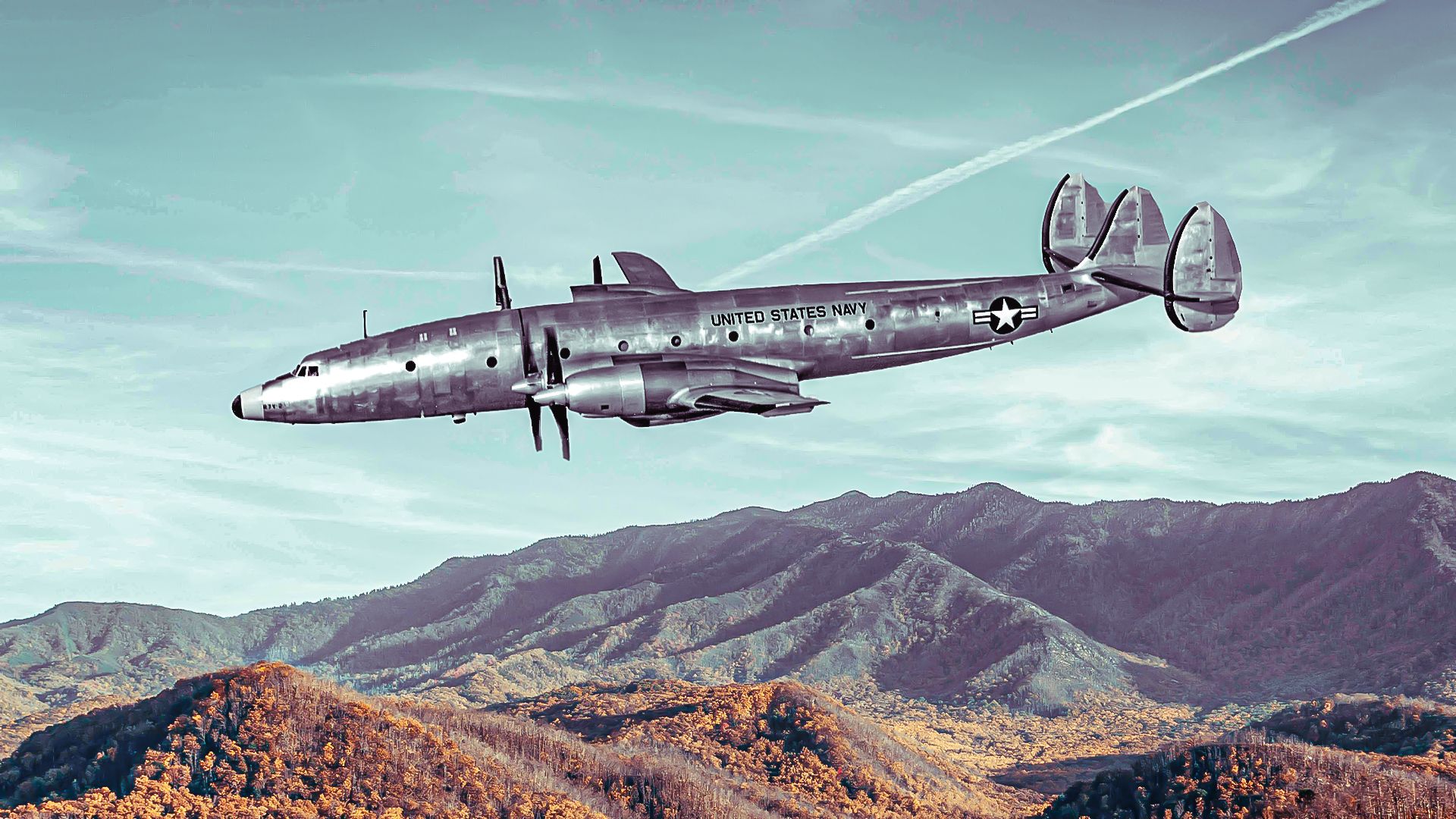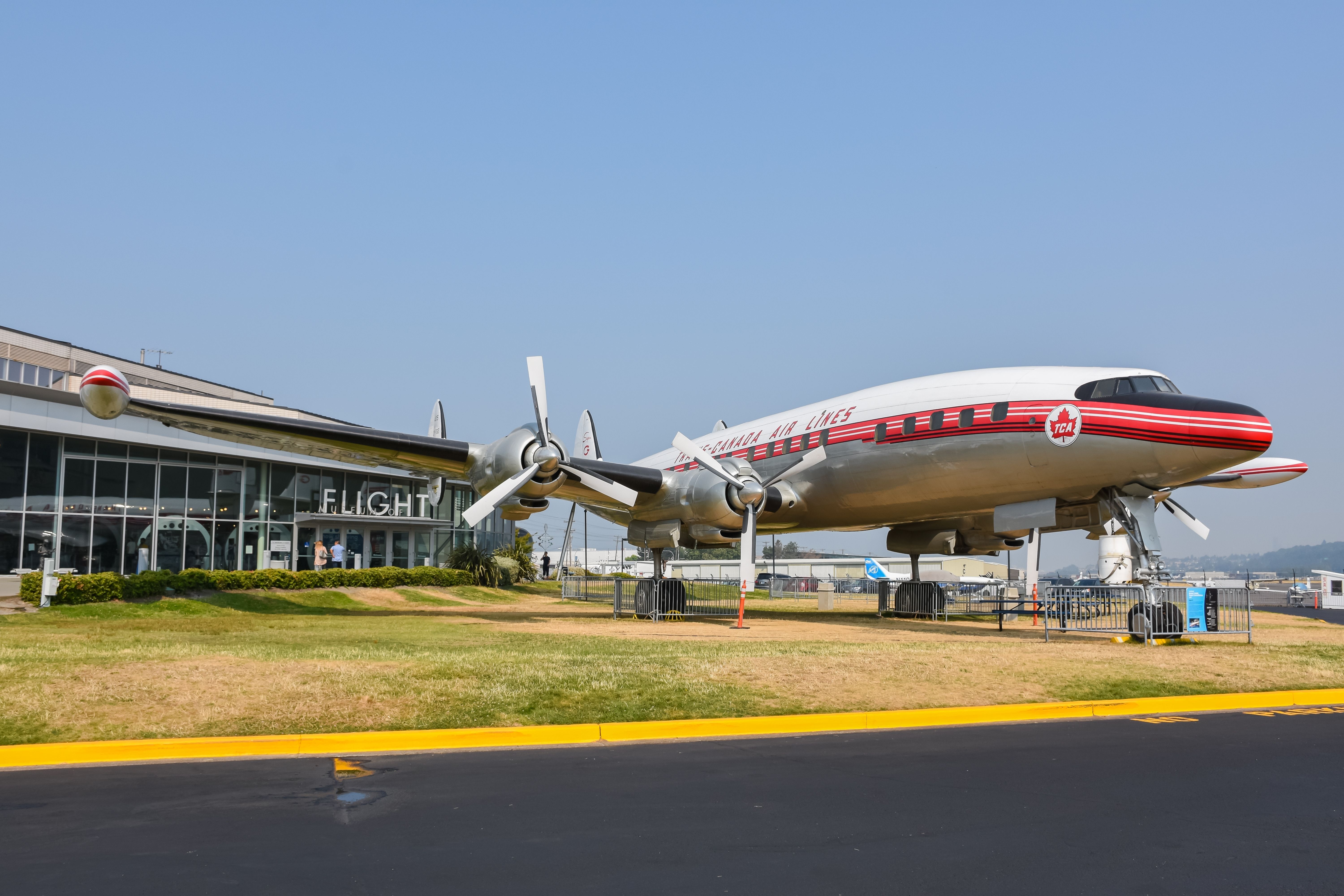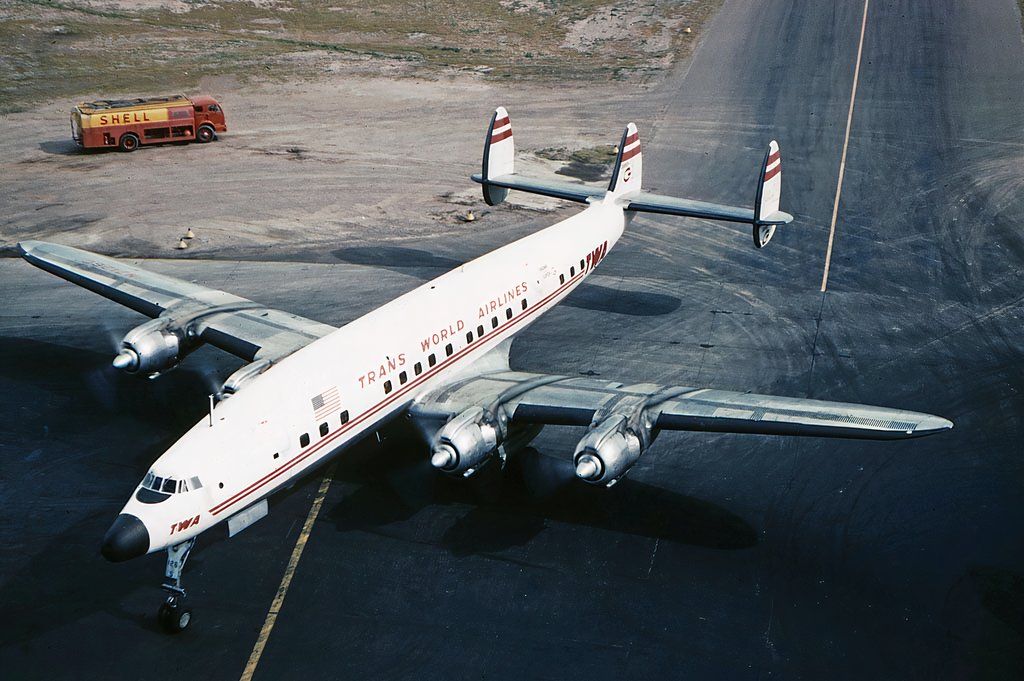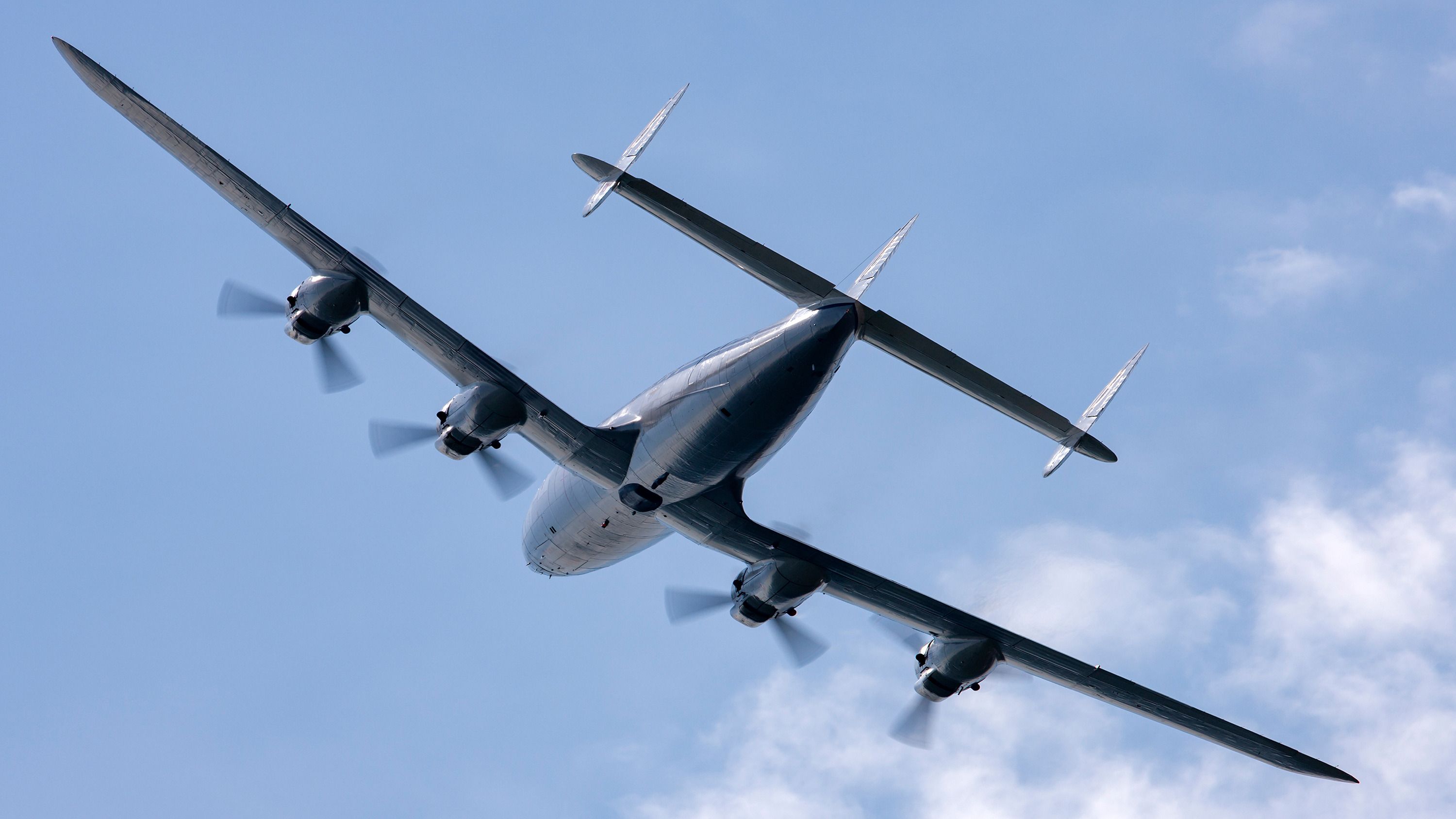Summary
- The Lockheed Constellation was the first airliner family with a pressurized cabin and entered service during WWII.
- The development of the Super Constellation led to longer range, higher capacity, and more powerful piston-engined aircraft.
- Various models were produced, including the C-121C Super Constellation, used for transport and early AWACS, with 55% going to the Navy and Air Force.
The Lockheed Constellation (aka “Connie”) is regarded as the first civil airliner family of aircraft to enter widespread use equipped with a pressurized cabin. It found extensive use in both military and civilian use during and after World War II (as the Super Constellation). The Constellation is sometimes regarded as an aircraft that changed the world. Previous aircraft like Pan Am’s Boeing Clipper 314s were unpressurized, while the old Zeppelins were infamously frightfully cold with passengers having to warm up (even though they were luxurious).
Background of the Constellation
Constellation’s origin traces to 1937 (with the L-044 Excalibur) before World War II. On the eve of World War II in 1939, Trans World Airlines (TWA) requested a 40-passenger airliner that could fly nonstop (3,500 miles) across the US with a 6,000 lbs payload capability (something Excalibur couldn’t do). This led to Kelly Johnson and his team developing the Constellation (Johnson also worked on designing the P-80 Shooting Star and the U-2 spy plane).
Photo: Minh K Tran | Shutterstock
At its introduction, the Constellation (and its derivative, the Super Constellation) were some of the most advanced commercial airliners of their time. They were used as civil airliners and for military and civilian cargo transport. The project was designated the Model 049 as a civilian airliner, but it soon became better known by its military designation, the C-69 Constellation.
After the US entered World War II, the country completely switched to a wartime economy. The sale of civilian cars was forbidden, as all transport production was redirected to military needs and this meant that the first Constellation flew in 1943 as a military aircraft.
|
Lockheed Constellation development history |
|
|---|---|
|
1937 |
Development of the L-044 Excalibur |
|
1939 |
TWA requirements for trans-America airliner |
|
1943 |
First flight |
|
1943 |
Introduction to military service |
|
1945 |
Introduction to civilian service |
|
1951 |
Super Constellation enters service |
|
1957 |
L-1649 Starliner enters service (last model of the Constellation line of airliners) |
Some 856 were produced between 1943 and 1943. The Air Mobility Command Museum states, “The Constellation was the first commercial transport plane to travel at 300 mph and was the last of the great American propeller-driven airliners.”
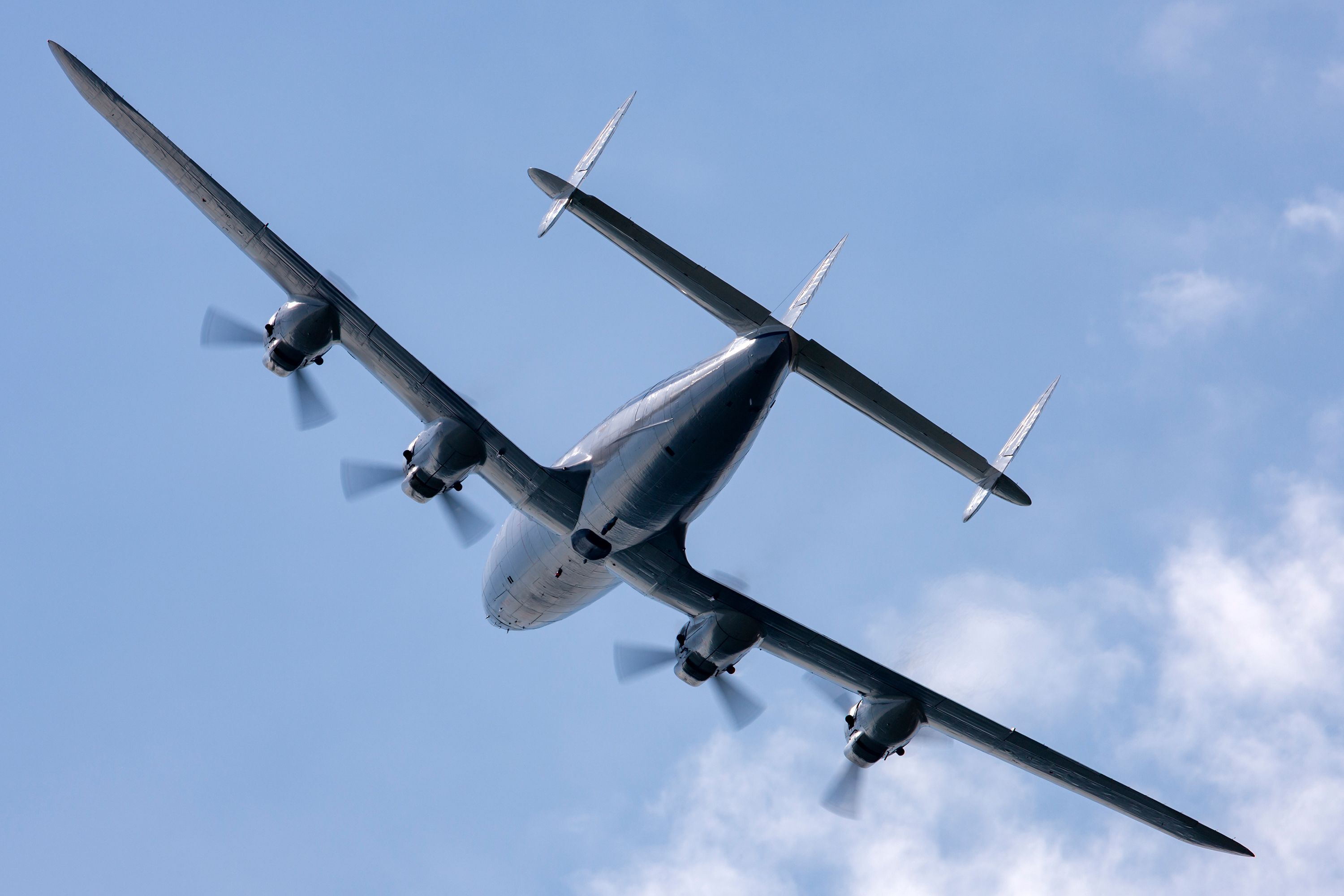
Related
Why Did The Lockheed Constellation Have 3 Tails?
The choice was made for a far simpler reason than aerodynamics.
Development of the Super Constellation
Connies were produced in different variants, but all models had a distinctive triple-tail and dolphin-shaped fuselage. They featured hydraulic-powered controls, full feathering, reversing propellers, and four 18-cylinder Wright R-3350 Duplex-Cyclones powered most.
The Constellation soon evolved into the L-1049 Super Constellation, a stretched version of the original model (the fuselage was lengthened from 95 feet 2 inches to 113 feet and 7 inches). The Super Constellation included more powerful engines, a higher gross weight, and more fuel capacity.
“The Super Constellation and its derivatives represent, along with the Douglas DC-7, the ultimate step in the development of longer range, more capacity and more powerful piston-engined aircraft to meet the needs of both commercial and military aviation.” – National Air and Space Museum
The Super Constellation was flown by the US Navy (designated WV / R7V), the US Air Force (C-121), and civilian airlines (including East Airlines, TWA, and Qantas, among others). In Air Force service, it was used for transport and as an early AWACS aircraft. With tourist-class seating, the Super Constellation increased its capacity from 69 to 92 compared to the earlier model. Passenger accommodation for the Super Constellation varied from as few as 65 for TWA’s overwater routes to 102 in a high-density configuration.
|
Lockheed L-1049 Super Constellation |
|
|---|---|
|
Fuselage length: |
113 feet and 7 inches (stretched from 95 feet 2 inches) |
|
Engines: |
4x 2700 hp Wright engines |
|
First flight: |
October 1950 |
|
Entered service: |
December 1951 with Eastern Airlines |
|
Number built: |
579–including 259 (Commercial) and 320 (Military) |
Photo: Ryan Fletcher | Shutterstock.com
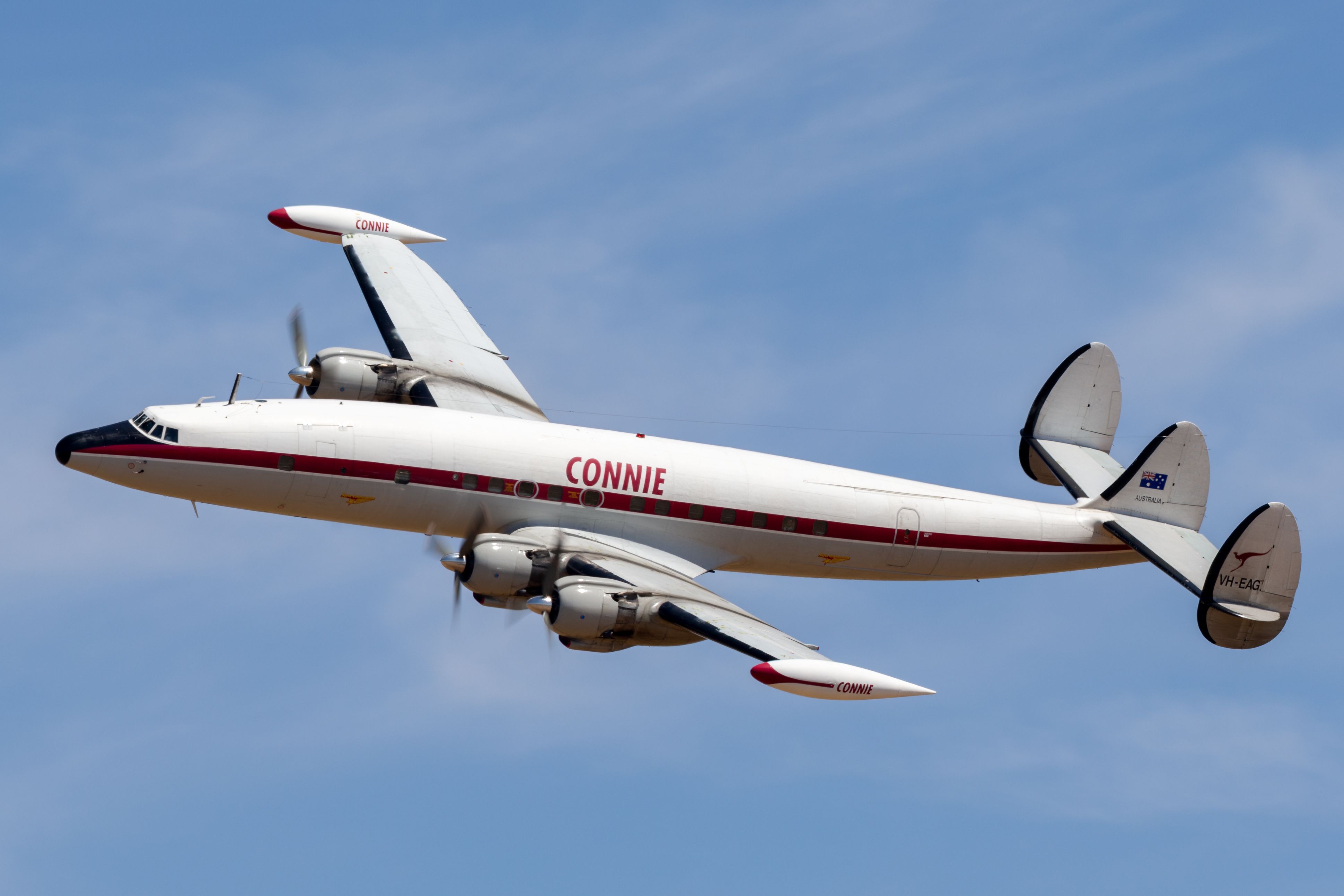
Related
5 Fun Facts About The Legendary Lockheed Constellation Airliner
The aircraft was often dubbed as the star of the skies.
Military C-121C Super Constellation
The C-121A was the military variation of the commercial Model 749 Constellation. Between 1948 and 1955, the USAF ordered 150 C-121As for use as cargo/passenger carriers, executive transports, and airborne early warning aircraft. As a troop carrier, they could carry a maximum of 44 passengers. 55% of the Super Constellations built by Lockheed were delivered to the Navy and Air Force as C-121As.
President Franklin D. Roosevelt was the first president to fly while in office in 1945 (onboard the C-45 “Sacred Cow”). However, Eisenhower was the first to fly using the Air Force One call sign onboard the VC-121A “Columbine II” (#53-7885). This aircraft was used through the Eisenhower Administration as Air Force One. A total of three Connies served as Dwight D. Eisenhower’s presidential aircraft.
|
C-121C Super Constellation size and performance |
|
|---|---|
|
Length: |
116 feet 2 inches |
|
Wingspan: |
123 feet 5 inches |
|
Height: |
24 feet 9 inches |
|
Empty Weight: |
61,325 lbs |
|
Loaded Weight: |
107,000 lbs |
|
Crusie Speed: |
324 mph |
|
Range: |
3,500 miles |
Photo: Ryan Fletcher l Shutterstock
Between 1948 and 1955, the Air Force ordered some 150 C-121As – in their troop-carrying capacity they could carry a max of 44 passengers. Most of the military C-121Cs were used for electronic reconnaissance and airborne early warning. Most C-121As were later converted to the VC-121A VIP transport configuration to transport top-ranking officials like General MacArthur.

